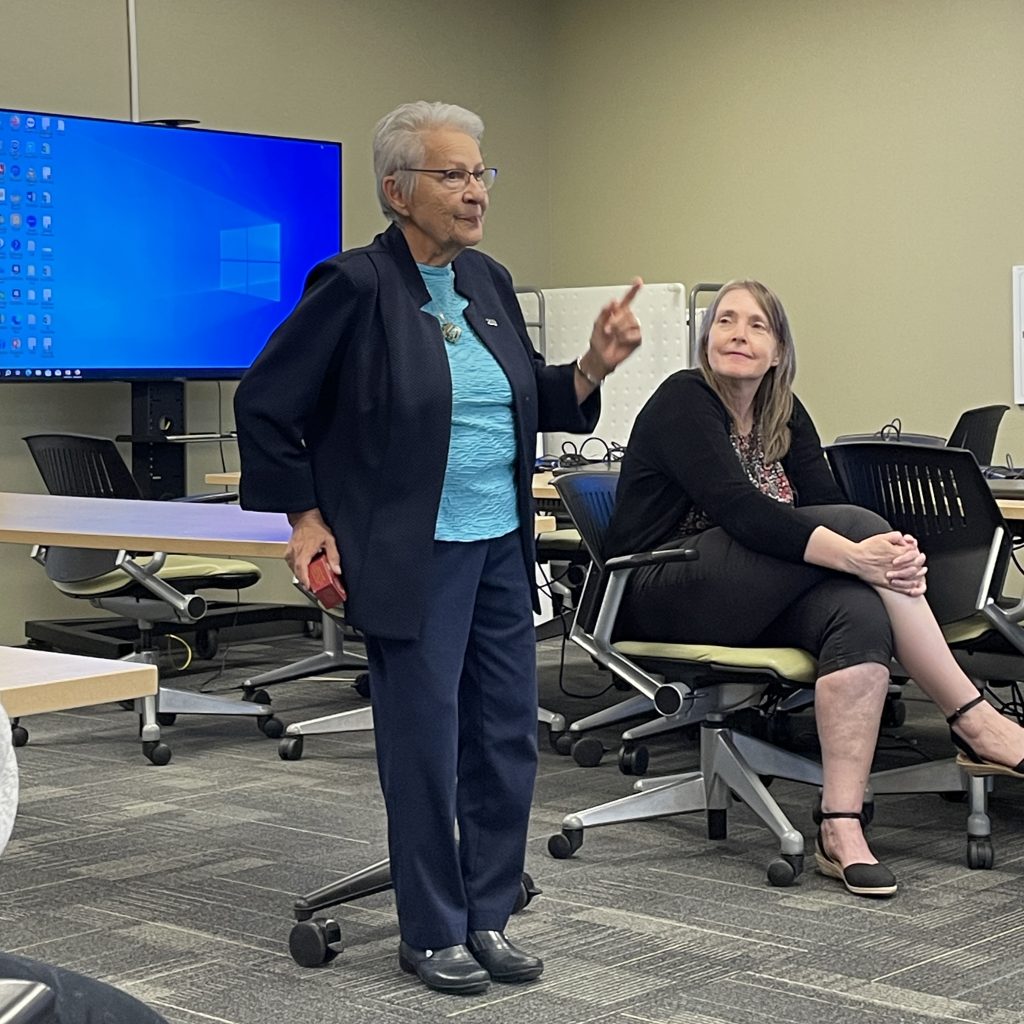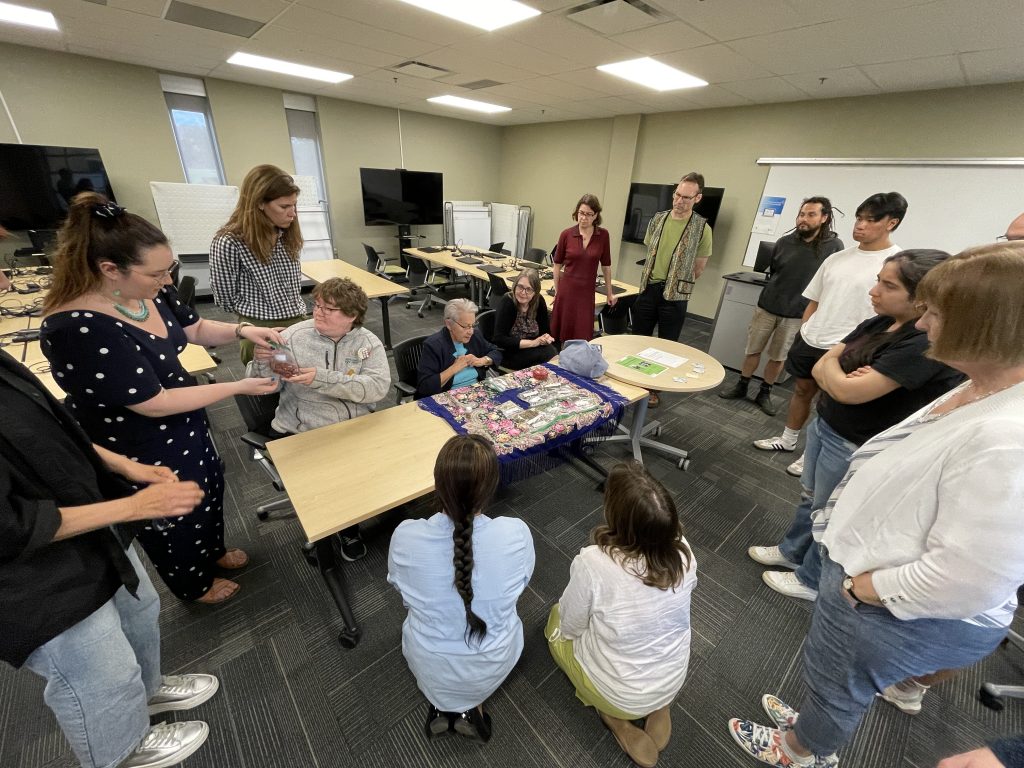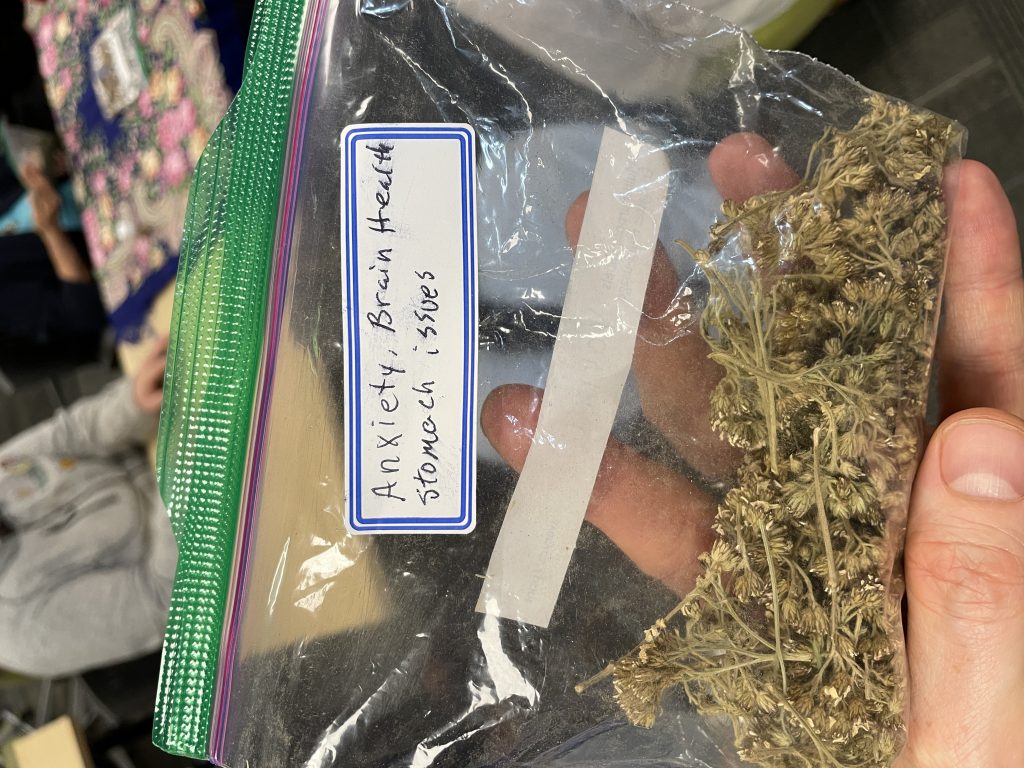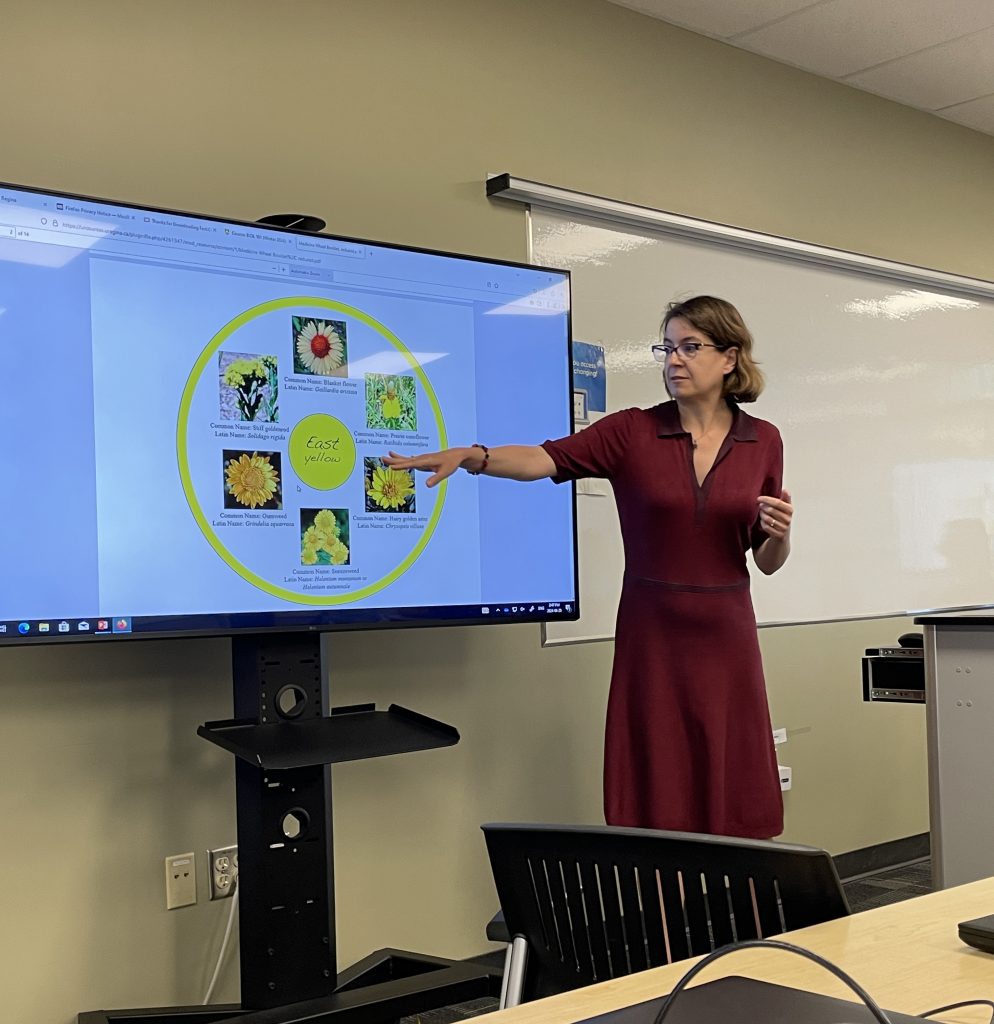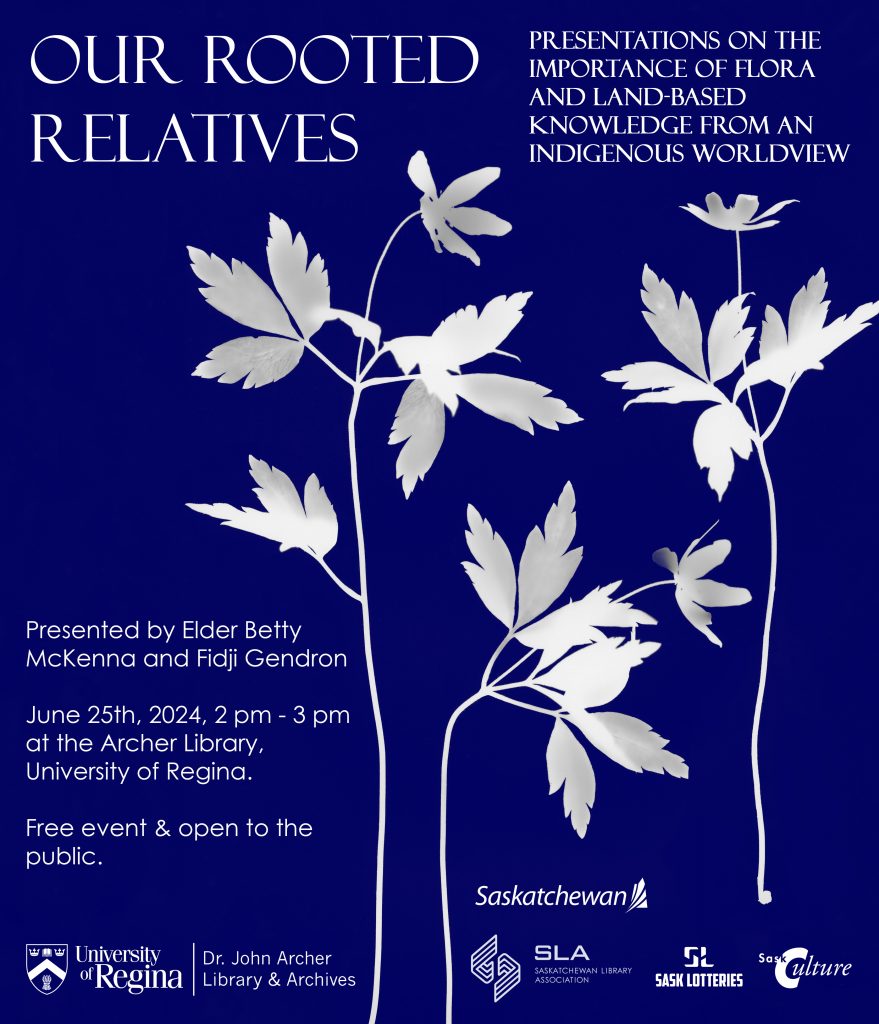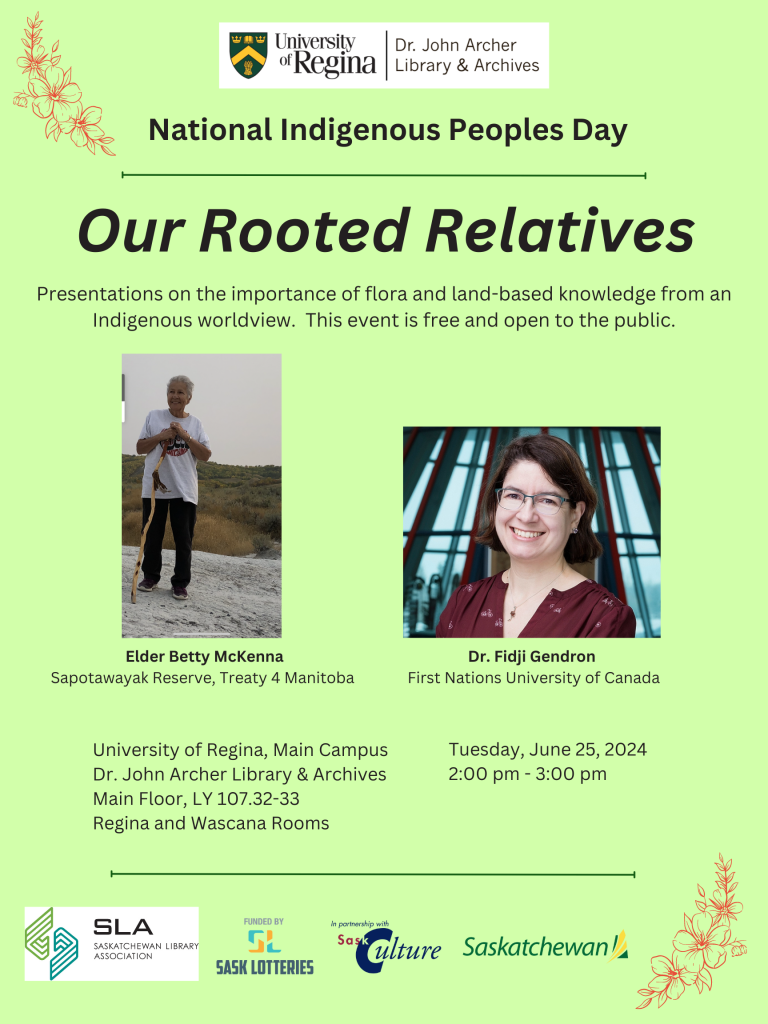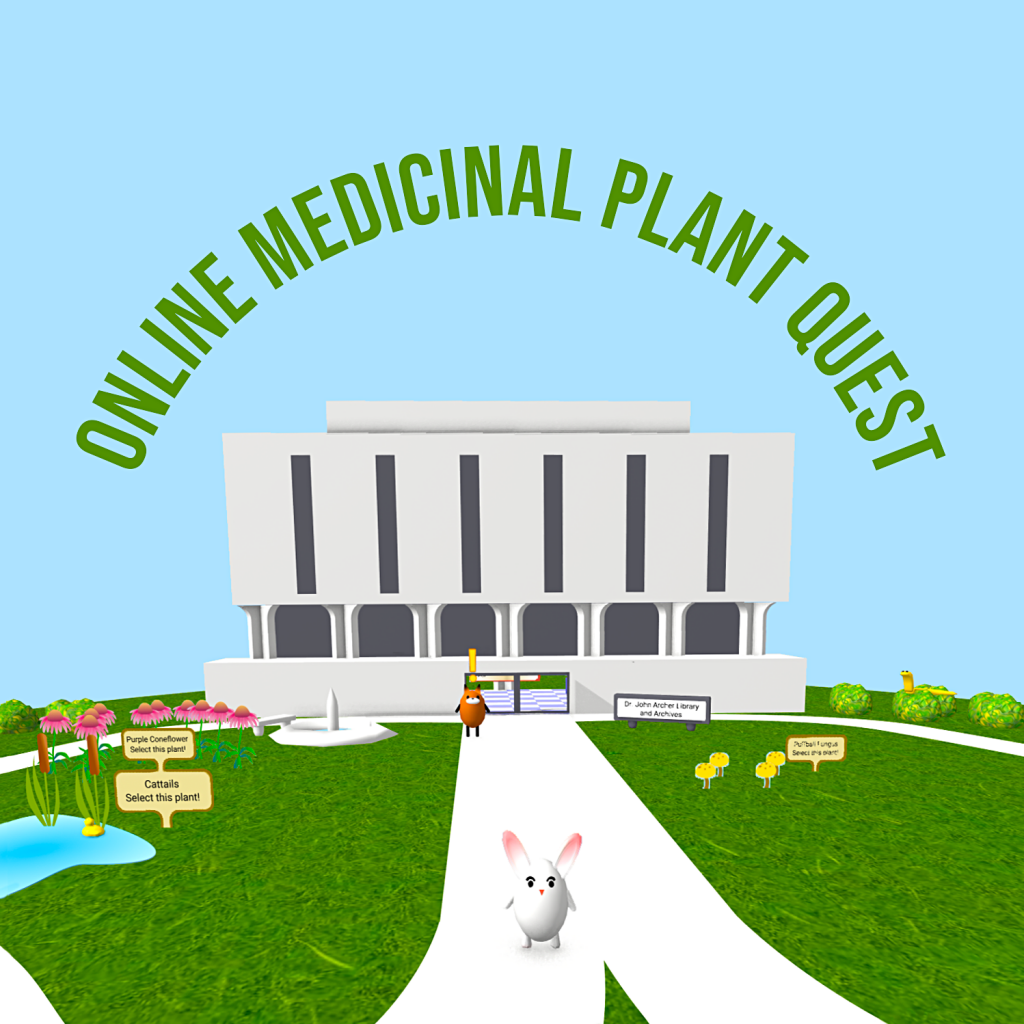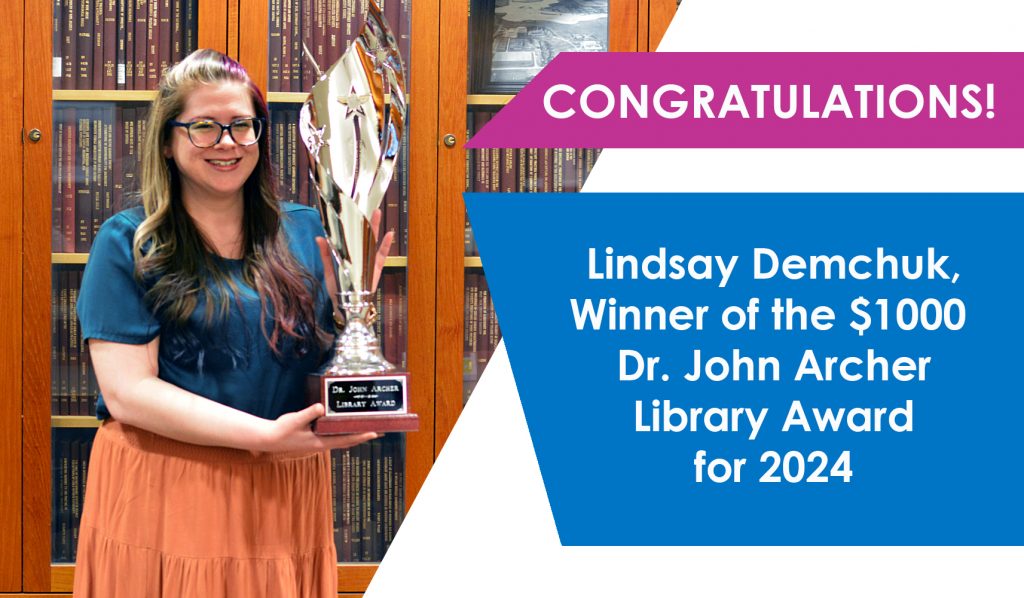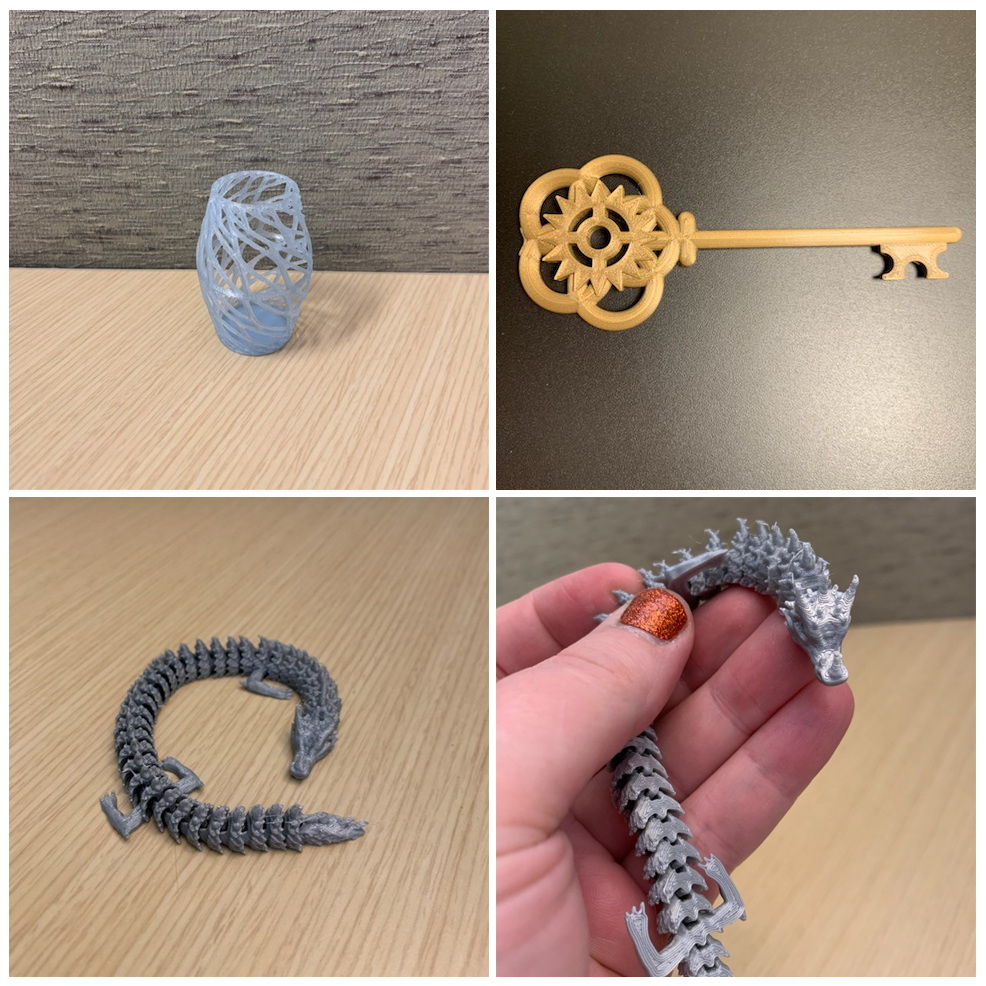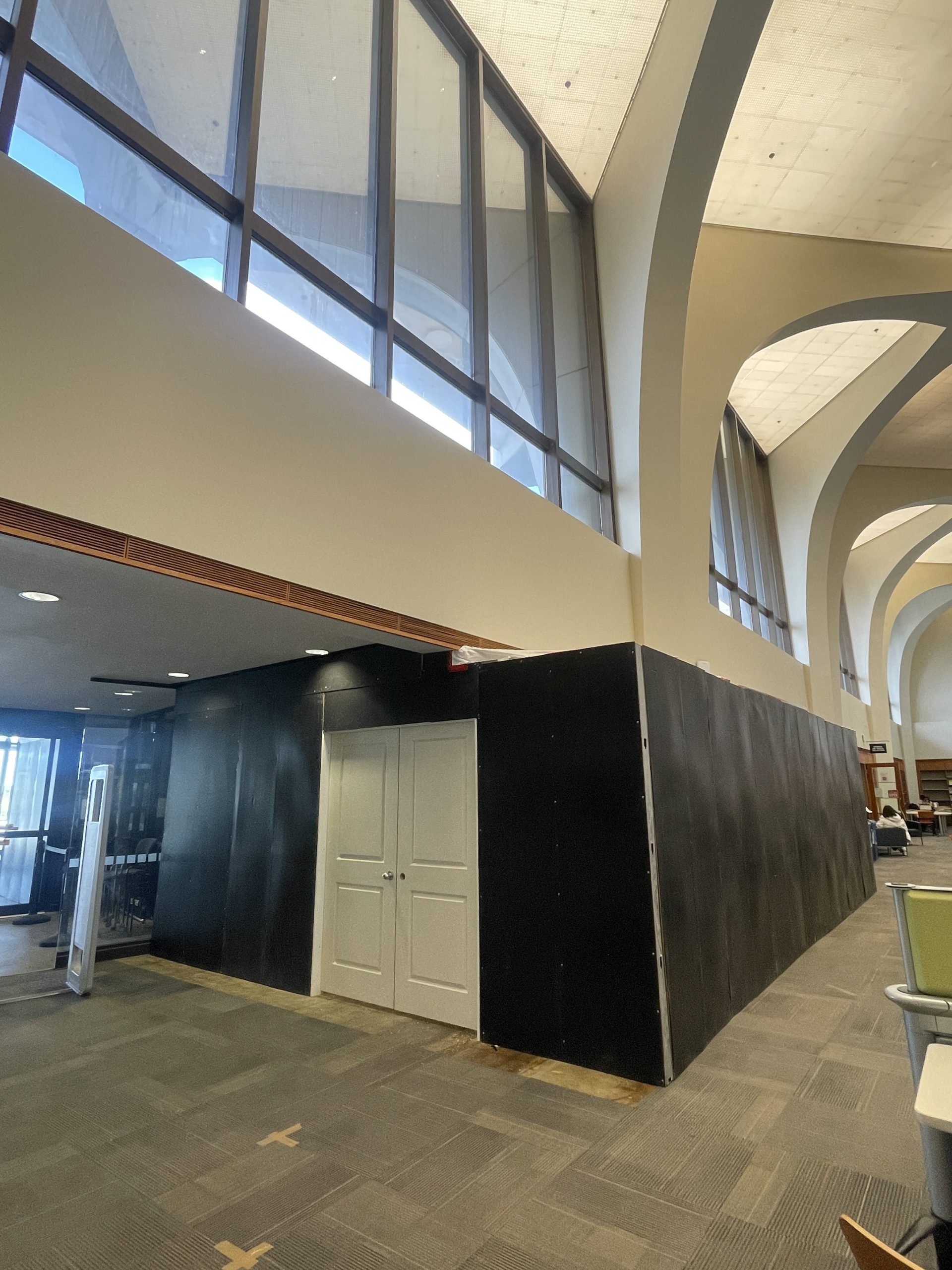Some photos from Tuesday’s “Our Rooted Relatives” presentation. We were honored to host Elder Betty McKenna from Sapotawayak Reserve, Treaty 4 Manitoba, who shared her vast wisdom about traditional medicinal plants and their centuries-long use in Indigenous culture (including a hands-on sampling of dried herbs, leaves and seeds.) Afterwards, Dr. Fidji Gendron from the First Nations University of Canada presented on her ongoing work with Elder Betty.
This event was part of National Indigenous History Month at the Archer Library & Archives.
